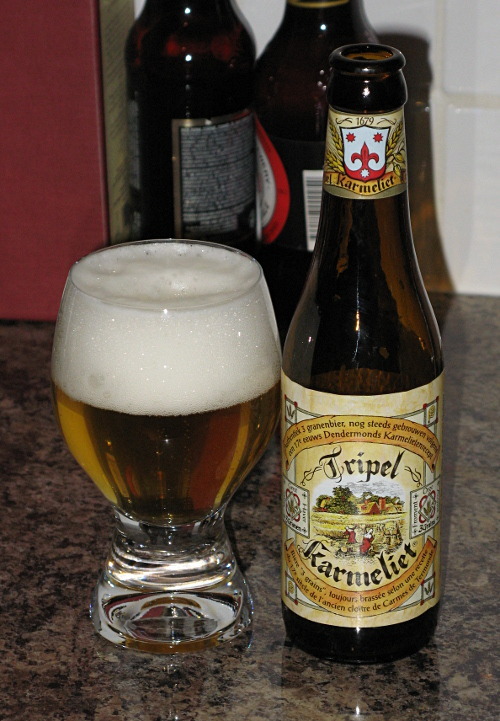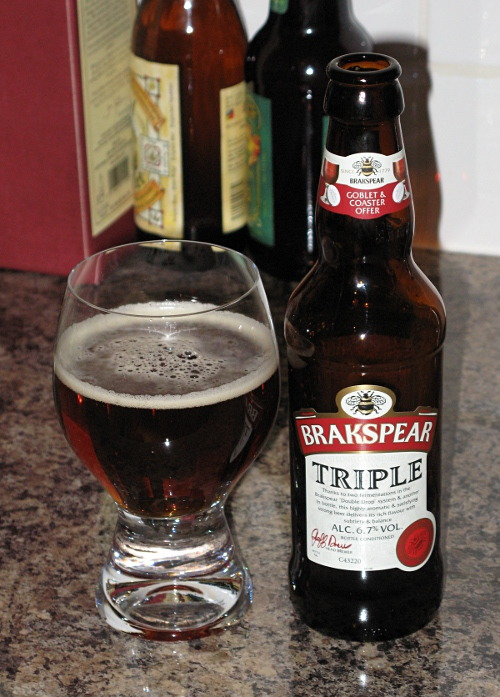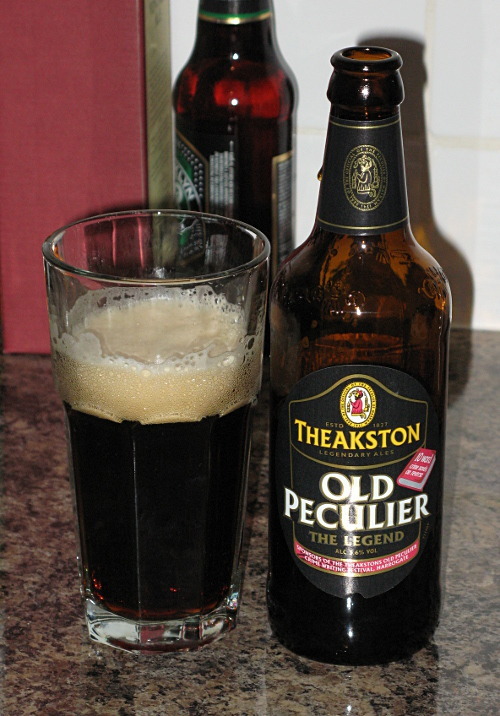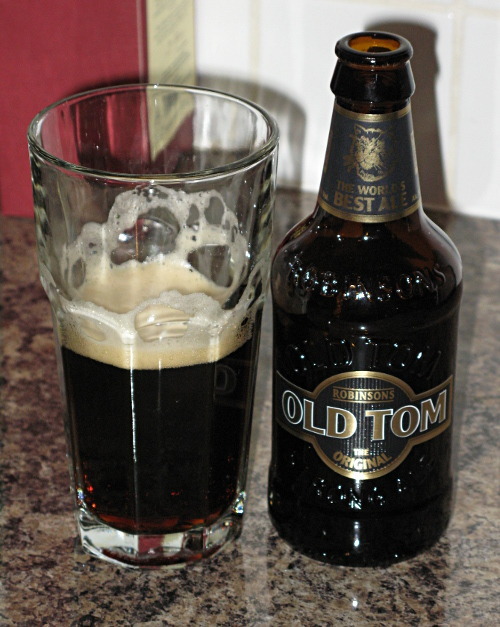This is the first time that 300 Beers has taken me quite so far outside my comfort zone.
I honestly don’t know what this is. All I know is that it’s brewed in Belgium, it’s named after some monks and it weighs in at a habit-trembling 8.4%.

The only bit of English on the label tells me that Karmeliet is made with three grains: wheat, oats and barley. That explains the “Tripel” name, I suppose.
It pours a light blonde colour, with a voluminous, pillowy head. It doesn’t seem to smell of a great deal, so I guess I’m going to have to try this.
It reminds me a little of Leffe Blonde, perhaps an obvious point of reference since that is also an Abbey Beer from Belgium. It’s a little more subtly flavoured than Leffe and less sweet, while the 8.4% alcohol whack is only partly hidden. There’s a pleasant enough yeasty biscuitiness to things, but I’m not sure I’m won over.
Karmeliet Tripel is probably a great example of its style, but I’m just not sure I see the use case for this type of beer. It wouldn’t work well with food, it certainly isn’t sessionable, and there’s not really enough depth to it to let it serve as a slow, fireside savouring sort of drink.
Still, there seem to be quite a few more Abbey Beers in The Book, so I’m going to have to get used to it!
Facts and Figures
| Brewery: | Brouwerij Bosteels, Buggenhout, Belgium |
| Style: | Abbey Beers |
| Strength: | 8.4% ABV |
| Found at: | Waitrose Food Court at John Lewis, Oxford Street, London W1 |
| Dispense: | 330ml Bottle-conditioned |








